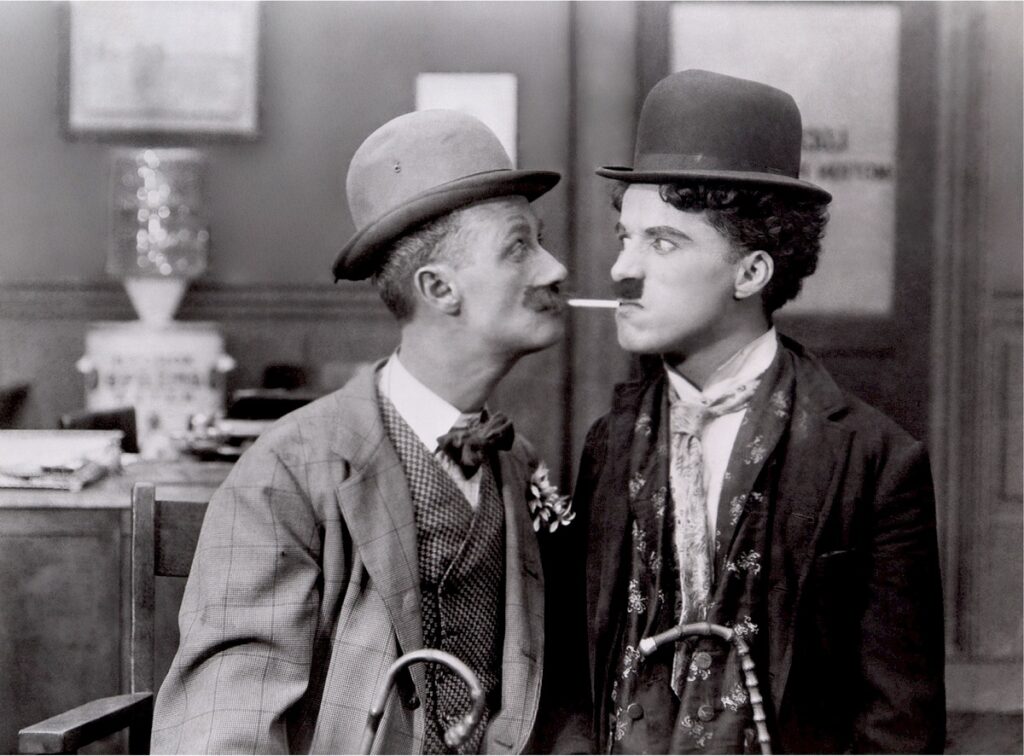Gamification marketing is a modern marketing technique that has been gaining popularity over the past decade. It involves using game mechanics and design to engage customers and promote a product or service.
With the rise of digital media, gamification marketing has become an effective way for businesses to connect with their target audience and create a memorable brand experience. This approach combines the interactive and immersive elements of gaming with traditional marketing strategies, such as advertising and promotions, to create an engaging and rewarding experience for customers.
In this way, gamification marketing is more than just a gimmick – it offers a powerful tool for businesses to enhance customer engagement, drive brand loyalty, and ultimately increase revenue.
The benefits of gamification marketing
Gamification marketing offers a range of benefits that can help businesses to connect with their customers and drive engagement. Here are some of the key advantages:
Increased customer engagement
By including some gaming elements into various types of marketing campaigns, businesses can establish a more interactive and quite immersive experience for their customers. Gamification allows businesses to capture and maintain customer attention for longer periods, increasing the likelihood of a conversion.
Improved brand awareness
Gamification can be a great tool for increasing brand awareness by making marketing campaigns more memorable and shareable. When customers enjoy a gamified experience, they are more likely to share it with friends and family, which can help to spread brand awareness and increase exposure.
Higher conversion rates
With gamification every business can drive conversions by incentivizing customers to take desired actions, such as making a purchase or signing up for a newsletter. By incorporating rewards and incentives into the game mechanics, businesses can encourage customers to take the desired action and increase conversion rates.
Enhanced customer loyalty
Customer loyalty is a great deal in the segment of marketing, and gamification marketing can provide a solid basis for fostering customer loyalty by creating a more engaging and enjoyable experience for customers. In the end, when customers have a positive experience with a brand, they are more likely to return in the future and become loyal advocates for the brand.
Increased customer data and insights
Businesses can also obtain a valuable data and insights into customer behavior and preferences by using gamification in their marketing strategies. By tracking customer engagement and interactions with the game mechanics, businesses can gain a deeper understanding of their target audience and tailor future marketing campaigns accordingly.
Best practices for implementing gamification marketing
Implementing gamification marketing requires careful planning and execution to ensure that the game mechanics align with the brand message and resonate with the target audience. Here are some best practices for businesses to consider when implementing gamification marketing:
Understand your target audience
To create an effective gamified experience, businesses must have a deep understanding of their target audience. And we mean very deep. This includes identifying the customer demographics, behaviors, and preferences, as well as their motivations and pain points. By understanding and reading the target audience, businesses can create games that are more engaging and relevant.
Align game mechanics with brand message
The game mechanics should align with the brand message and overall marketing strategy. Businesses should aim to create a game that reinforces the brand values and communicates the desired message to the target audience. This will help to create a more cohesive and memorable experience for customers.
Offer meaningful rewards
Rewards and incentives are a crucial element of gamification marketing, as they can motivate customers to take some of the company’s desired actions. However, the rewards should be meaningful and aligned with the overall brand message. For example, a fitness app could offer rewards such as workout gear or a free training session, rather than a cash prize.
Keep the game mechanics simple
The game mechanics should be simple and easy to understand, even for customers who are not regular gamers. Overcomplicating the game mechanics can make the experience confusing and frustrating for customers, leading to disengagement and a lower conversion rate.
Provide feedback and progress tracking
Customers should receive feedback and progress tracking throughout the game to encourage them to continue playing. This could include rewards for completing certain levels or achievements, as well as visual progress tracking that shows how far they have come and what they still need to accomplish.
Test and optimize
Businesses should test the gamified experience before launching it to ensure that it is engaging and effective. They should also monitor the performance of the game mechanics and make adjustments as necessary to optimize the experience and improve conversion rates.
Potential drawbacks and limitations of gamification marketing
While gamification marketing offers many benefits, there are also potential drawbacks and limitations to consider. Of course, if these drawbacks are adequately assessed there will no problems in further using gamification as the official marketing strategy. Let’s take a look of the most common setbacks in this segment.
Over-reliance on rewards
If the game mechanics rely too heavily on rewards and incentives, customers may become overly focused on the rewards rather than the brand message. This can lead to a short-term boost in engagement and conversion rates, but may not lead to long-term customer loyalty.
Cost and complexity
Developing and implementing a gamification marketing campaign can be costly and complex. Businesses must invest in the development of the game mechanics, as well as the necessary technology and infrastructure to support the game. Additionally, businesses must ensure that the game mechanics work seamlessly with the overall marketing strategy.
Risk of alienating non-gamers
Not all customers enjoy gaming or are comfortable with the game mechanics. Businesses must be careful to ensure that the gamified experience is still accessible and enjoyable for non-gamers. Otherwise, businesses risk alienating a significant portion of their target audience.
Inconsistent results
Gamification marketing may not work for all businesses or marketing campaigns. The effectiveness of gamification marketing can vary depending on the target audience, industry, and overall marketing strategy. As such, businesses may not see consistent results across all marketing campaigns.
Limited impact on brand image
While gamification marketing can increase engagement and drive conversions, it may have a limited impact on the overall brand image. The game mechanics may not effectively communicate the desired brand message or reinforce the brand values, leading to a less cohesive brand image.
The future of gamification marketing
The future of gamification marketing looks promising, as businesses continue to explore new ways to engage with customers and drive conversions. There are numerous trends and predictions for the future of gamification marketing that are currently discussed in the marketing circles. Therefore, we have compiled a short dissection of the ones that might be most important for your future plans.
- Personalization: Businesses will increasingly personalize the gamified experience to better engage with their target audience. This could include customized game mechanics and rewards that are tailored to the individual customer’s preferences and behaviors.
- Integration with emerging technologies: Gamification marketing will be increasingly integrated with emerging technologies such as augmented reality (AR) and virtual reality (VR). This will enable businesses to create more immersive and engaging gamified experiences that blur the line between the virtual and physical worlds.
- Expansion into new industries: While gamification marketing has been primarily used in industries such as fitness and gaming, it is expected to expand into new industries such as education and healthcare. For example, gamification marketing could be used to encourage healthy behaviors or to educate customers on complex topics.
- Enhanced data analytics: Businesses will increasingly use data analytics to optimize the gamified experience and improve conversion rates. This could include analyzing customer behavior data to identify areas for improvement or to develop more effective rewards and incentives.
- Increased emphasis on social media: Gamification marketing will increasingly leverage social media platforms to engage with customers and drive conversions. This could include using social media to promote the gamified experience, as well as to encourage customer engagement and sharing.
Overall, the future of gamification marketing looks bright, as businesses continue to innovate and explore new ways to engage with customers. As the gamification market continues to evolve, businesses will need to stay ahead of the curve by adopting new technologies, personalizing the gamified experience, and leveraging data analytics to optimize the experience and improve conversion rates.


